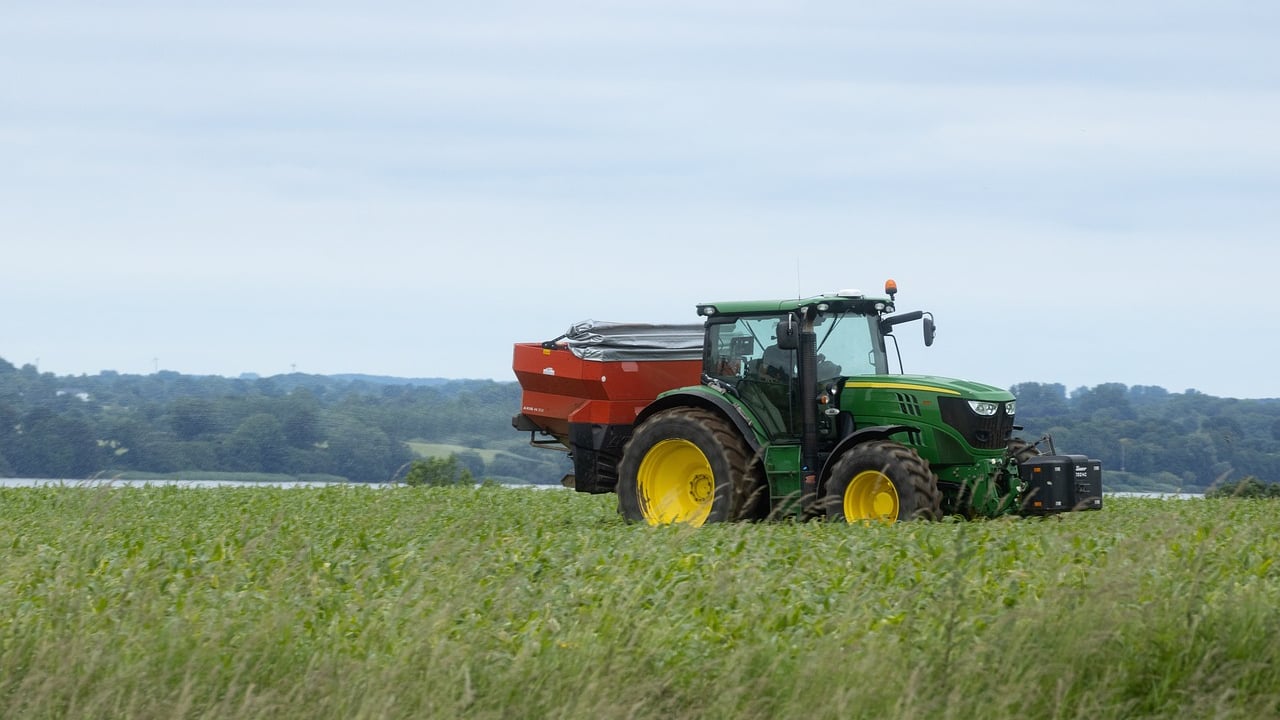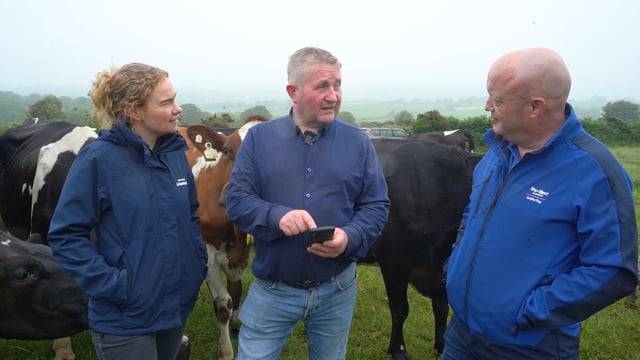NI greenhouse gas inventory reveals agriculture as biggest emitter
Agriculture was Northern Ireland's largest emitting sector in 2022, responsible for 29.1% of emissions, the Northern Ireland greenhouse gas inventory has revealed.
In the 1990-2022 inventory published by the Department of Agriculture, Environment and Rural Affairs (DAERA) today (Tuesday, June 18), domestic transport was shown to be in second place for overall emissions at 18.1%.
Buildings and product uses and electricity supply sectors contributed 15.3% and 14% respectively.
In 2022, Northern Ireland’s net greenhouse gas emissions were estimated to be 21.3 million tonnes of carbon dioxide equivalent (MtCO2e).
This net figure is a result of an estimated 23.2 MtCO2e total emissions, offset by 1.9 MtCO2e of emissions removed through sequestration.
The net figure of 21.3 MtCO2e in 2022 represents a decrease of 3.0% compared with 2021. The longer-term trend showed a decrease of 26.4% compared with emissions in 1990.
The statistical bulletin on greenhouse gas emissions for Northern Ireland showed that, between 2021 and 2022, all sectors except domestic transport showed a decrease in emissions.
The largest decreases in terms of tonnes of carbon dioxide equivalent were in the buildings and product uses (0.4 MtCO2e), agriculture (0.1 MtCO2e) and electricity supply (0.1 MtCO2e) sectors.
In 2022, Northern Ireland contributed 5.3% of all UK greenhouse gas emissions, which stood at 406.2 MtCO2e.
In the UK there has been a 50.2% reduction in emissions between 1990 and 2022.
During the same period, the reduction in emissions in Northern Ireland was 26.4%, compared to 52.6% in England, 51.2% in Scotland and 36.4% in Wales.





